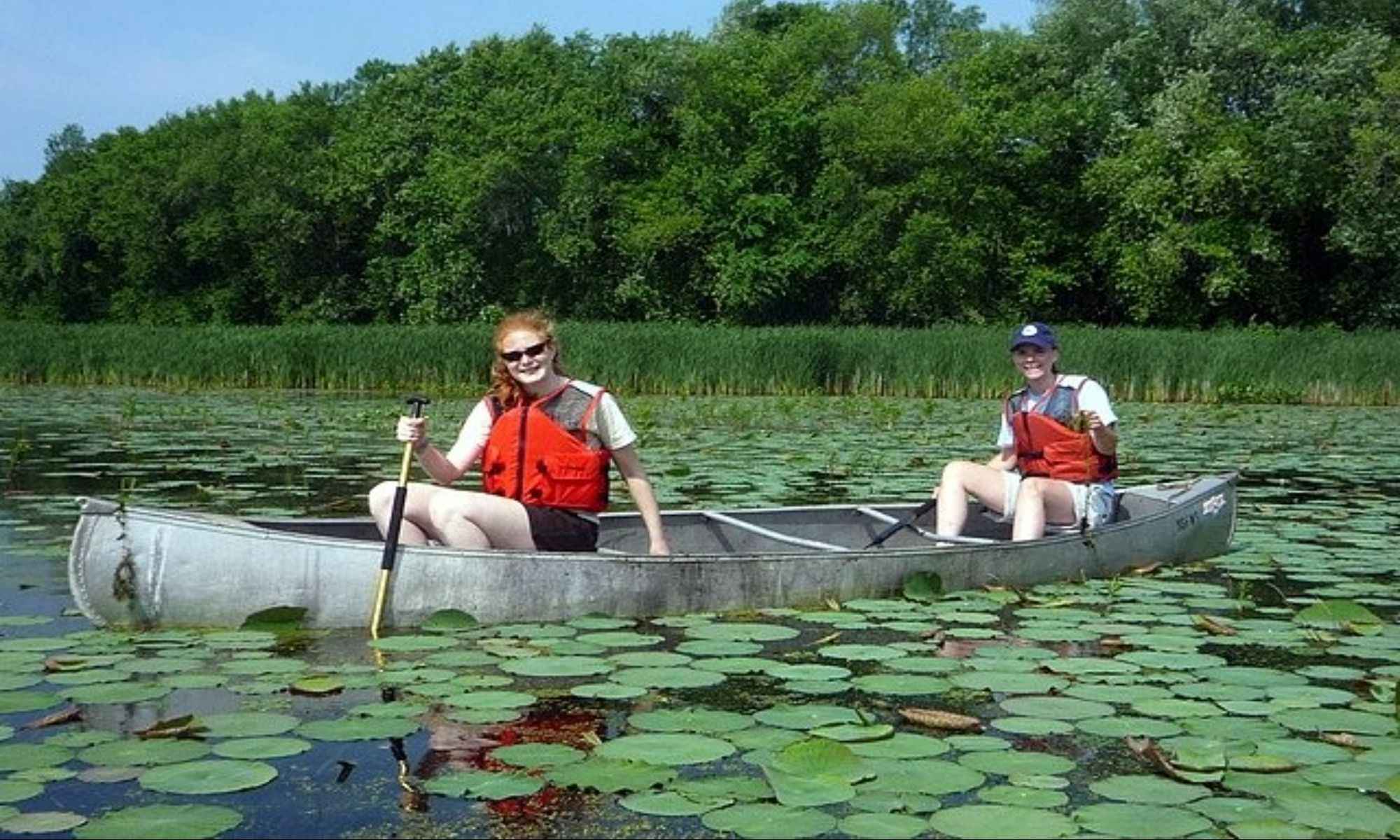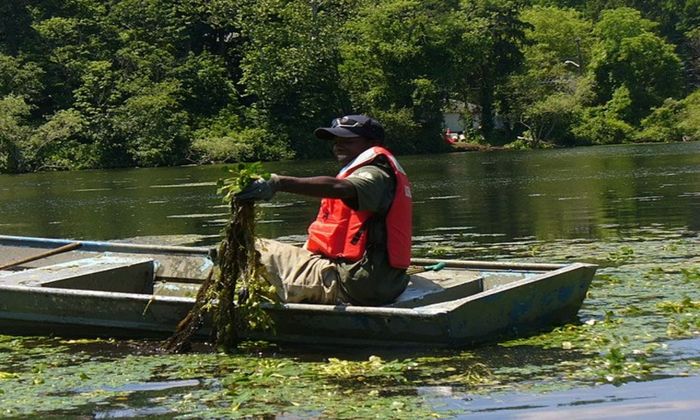Saving Endangered Fish and Combating Invasive Species
Learn about the dangers of aquatic invasive species on endangered fish and ecosystems and find out what you can do to help control the crisis.

It’s no secret that humans are the biggest threat to wildlife and natural resources in the United States and all over the world. These include several fish species that have become threatened, endangered, or extinct over the last few decades. Fishing — both commercial and recreational — plays a huge part in this. Apart from directly and indirectly causing death and injury to many marine animals, fishing can also threaten the ecosystem by inadvertently spreading aquatic invasive species or AIS.

What are Aquatic Invasive Species?
Aquatic invasive species are plants, animals, and other organisms brought artificially into ecosystems that are not native. They are invasive when they thrive and reproduce successfully in an established ecosystem, competing with the ecosystem’s native species for resources such as food, space, light, and water. These invasive alien species are often able to withstand and evolve in a range of harsh environmental conditions, reproducing at a rapid rate and preying on native species. They can likewise spread diseases and parasites that cause harm to other native fish and plant species. All these cause an imbalance in the ecosystem’s food web, leading to a decline in biodiversity.
How Do Invasive Species Spread?
Invasive species are often unintentionally introduced into ecosystems through various human activities. Some aquatic plants become invasive when tangled onto boats and gear and transported into another habitat or place when they are not cleaned off. Some bait can become invasive fish and aquarium pets released into the wild. Pathogens and algae turn invasive as they are transported in live wells and bait buckets.

What Can We Do?
About 42% of the world’s threatened and endangered species are in peril because of the proliferation of invasive alien species. What does this mean for recreational anglers? As people who benefit directly from waterbodies and fishing, we should be at the forefront of conservation. By supporting official state and national efforts in endangered species protection and invasive species management, as well as making our daily practices as environmentally sustainable as possible, we can effect change in nature conservancy in our little ways.
Below are some things we can practice as recreational anglers and responsible citizens to help combat invasive species and protect endangered wildlife.
Combating invasive species
1. Clean Your Boat
If you’re boat fishing, clean it off before using it again in another waterbody. This prevents stragglers from hitchhiking and possibly becoming invasive plants and animals in a new ecosystem.
2. Drain and Dry Any Water-Carrying Items
Drain and dry your bait buckets, fishing gear, and other objects that can carry water. Use hot or salt water to clean, then dry them thoroughly before using them again in a new water body.
3. Clean Your Shoes or Boots
Clean your shoes or boots to remove weed seeds, pathogens, or microorganisms that you may inadvertently spread onto your next destination.
4. Be a Responsible Aquarium and Pet Owner
If you have an aquarium, don’t release your pets or plants into the wild. The same goes for live bait and exotic pets.

5. Don’t Transport Pests
Avoid bringing pest-carrying items such as fruits, vegetables, plants, and pets on your travels. Before moving to a new destination:
- Make sure to throw rotten food.
- Clean your gear after hiking.
- Don’t move firewood that houses forest pests.
6. Volunteer for the Cause
Get involved in local wildlife service efforts. Some parks will organize invasive species removal walks or even provide “Weed Warrior” training which gives you certification to remove invasives in state properties.
Protecting Endangered or Threatened Fish and Other Wildlife Species
1. Know About the Local Situation
Get educated about your local community's endangered or threatened species, then spread the knowledge.
2. Safe Catch-and Release Only
Practice safe catch-and-release. The word ‘safe’ is key here — releasing caught fish that have not been appropriately handled can only cause harm in the long run.
3. Follow Fishing Regulations
Adhere strictly to local fishing regulations. When fishing in a new place or destination, anglers must follow the rules to a T, as these have been put in place to protect the homegrown population of fish species.
4. Avoid Ghost Fishing
Be careful about your fishing gear. Plenty of marine animal injuries and deaths are caused by ghost fishing — a phenomenon due to neglected fishing gear or equipment.
5. Use Eco-Friendly Tackle
Use sustainable fishing tackle to avoid pollution. These include hooks that oxidize when lost in the water and weights and artificial bait that do not contain lead.
6. Say No to Products Made from Endangered or Threatened Species
Never patronize products made from endangered and threatened species, typically sold as exotic souvenirs in illegal markets.
7. Minimize Your Carbon Footprint
Reduce your carbon footprint when fishing. Make sure to leave any fishing spot the way you find them to protect wildlife habitat — not just the fish species but also other animals and plants in the area.




